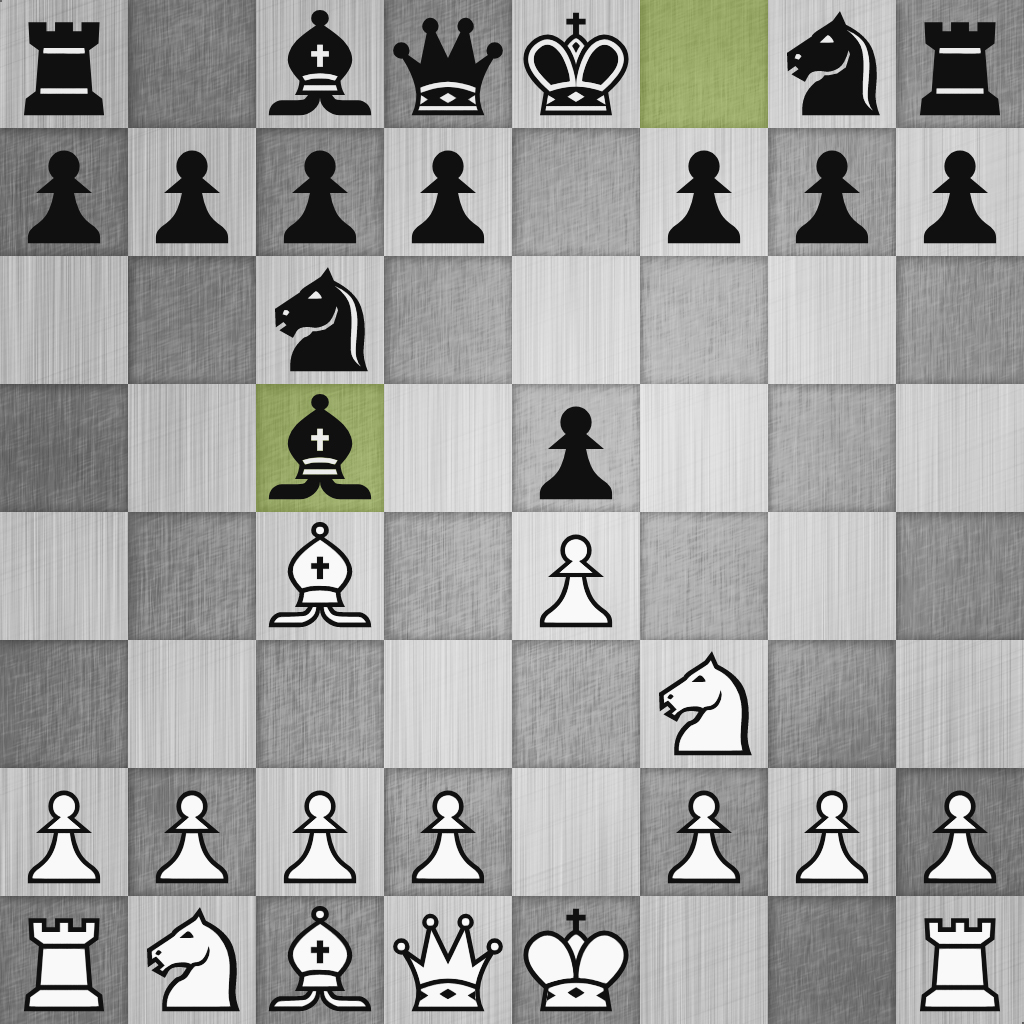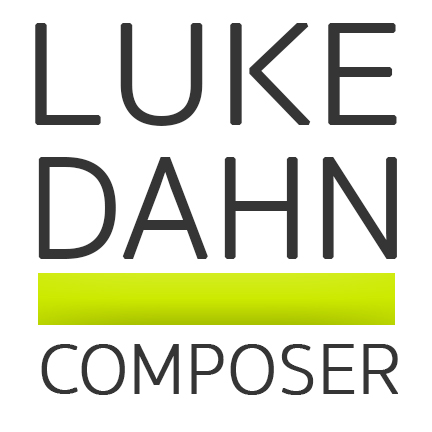|
GIUOCO PIANO
Instrumentation: piano
Written for pianist Viktor Valkov, who gave the premiere on January 9, 2019 at Utah Valley University.
Review: "The movements are exceedingly brief, but each is beautifully formed and colored, and all engage the ear... I’d like to hear more from this composer." (Incident Light)
I. "Kasparov’s Immortal"
II. "23rd Century Chess"
III. Topalov v. Aronian, 2006
IV. Castellvi v. Vinyoles, 1475
V. "The Polish Immortal"
Giuoco Piano is a set of five short piano pieces each of which is based on a famous historical chess game. The first movement, based on the game known as "Kasparov’s Immortal," features two main musical ideas. In the opening, accents and ornaments in the piano’s high register gradually descend and give way to sonorous oscillations. The aggressive and musically extroverted second movement with its sharp low register chords and passagework was inspired by a fascinating chess game involving Indian grandmaster Vishy Anand and Bulgarian grandmaster Veselin Topalov, a game that another notable grandmaster said constituted "23rd century chess." By contrast, movement three is an extremely placid, angular two–voice canon in which the second voice appears in contrary motion and rhythmic diminution. Occasional accents denote the captures of a 2006 chess game between Topalov and Armenian GM Levon Aronian. The fourth movement is a kind of modernist allemande being restricted to less than four octaves of the piano, as if written for clavichord. Its stylistic allusions to early music reflect the chess game on which it is based: the earliest recorded chess match from 1475 between Castellvi and Vinyoles. The fifth and final movement, based on the 1929 game known as the "Polish Immortal" in which chess legend Miguel Najdorf sacrifices both his bishops and both his knights on the way to victory, provides an ominous, thundering conclusion to the set. The title of the work is taken from one of the oldest of chess openings, and the "Giuoco Piano" is still a frequently–used opening today. Giuoco Piano was written for pianist Viktor Valkov.
The "Giuoco Piano" chess opening:

More "chessy" program notes:
Giuoco Piano is a set of five short piano pieces each of which is based on a famous historical chess game. The first movement, based on the game known as "Kasparov’s Immortal," features two main musical ideas. In the opening, accents and ornaments in the piano’s high register gradually descend (representing the journey of Topalov’s king from the e8 square to, remarkably, the e1 square!) and give way to sonorous oscillations (representing Kasparov’s queen movements). The aggressive and musically extroverted second movement with its sharp low register chords and passagework was inspired by a wild chess game involving Indian grandmaster Vishy Anand and Bulgarian grandmaster Veselin Topalov, a game that GM Vladimir Kramnik called "23rd century chess." The piece was constructed to emphasize nine(!) captures in the game in which a recapture on the same square did not immediately follow. By contrast, movement three is an extremely placid, angular two–voice canon in which the second voice appears in contrary motion and rhythmic diminution. Occasional accents denote the captures of a 2006 chess game in which Topalov impressively beat Armenian GM Levon Aronian. The fourth movement is a kind of modernist allemande being restricted to less than four octaves of the piano, as if written for clavichord. Its stylistic allusions to early music reflect the chess game on which it is based: the earliest recorded chess match from 1475 between Castellvi and Vinyoles. The fifth and final movement, based on the 1929 game known as the "Polish Immortal" in which chess legend Miguel Najdorf sacrifices both his bishops and both his knights on the way to victory, provides an emphatic conclusion to the set. The deep brooding chord that slowly pulses throughout the piece was constructed using the chessboard squares on which these sacrifices took place. The title of the work is taken from one of the oldest of chess openings, and the "Giuoco Piano" is still a frequently–used opening today at all levels.
|
